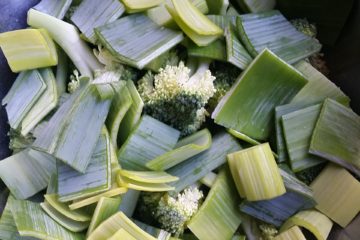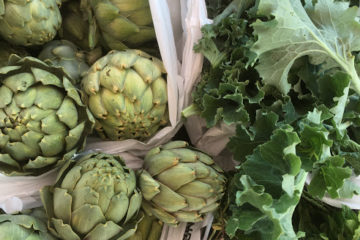Written by Nicole Shimizu, Communications and Outreach Coordinator
The school year is in full swing and many have gotten used to distance learning in the Bay Area. Its time to spice things up a bit by sneaking a bit of gardening into your child’s standard math, science, history, and language arts curriculum.
The Fibonacci sequence is something you might have learned about in school in relation to the Golden Ratio. It’s a series of numbers where the next number in the sequence is found by adding up the two numbers before it. For example, if you add together 1+1 you get 2 and then if you add up 2 and the previous number, 1, you get 3. If you continue on with this simple arithmetic operation you end up with the Fibonacci sequence: 0, 1, 1, 2, 3, 5, 8, 13, 21, 34 etc. The fascinating thing is that Fibonacci numbers can be found all around us in nature! They appear as the number of petals on a flower, the number of seeds that create the spiral at the center of a sunflower, and the number of seeds at the core of an apple.
One fruit that contains a Fibonacci number and is probably in season in your garden right now is cucumber. If you slice a cucumber into circular slices, you’ll notice the 3 sections in the cross section of the cucumber. This is a neat fact to share with your child to get them interested in hunting for Fibonacci numbers all around the garden!

A recipe you can make with your cucumber after slicing is a refreshing sunomono, otherwise known as cucumber salad. It’s a sweet and tangy Japanese side dish that’s perfect for a light after-school snack. One simple way to prepare it is to slice your cucumber into thin slices no more than ¼ of an inch thick. Put the slices into a container that has a lid and pour rice vinegar over the cucumber slices until they are at least halfway submerged. Cover the container with a lid and shake the cucumber slices to coat with vinegar. Put the covered container into the refrigerator for at least 30 minutes and enjoy these lightly pickled cucumbers!
For a more dressed up version, check out this recipe: Sunomono Variations.



0 Comments